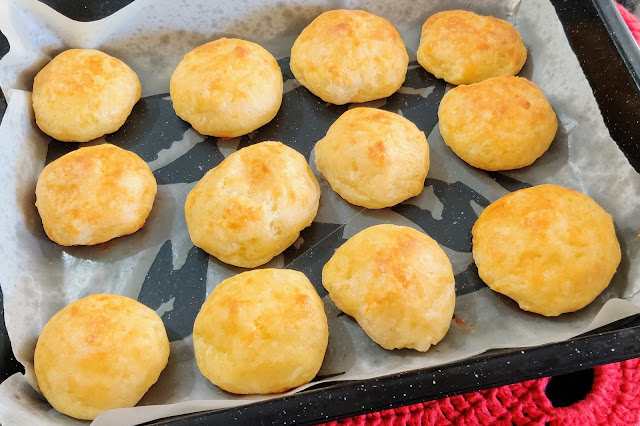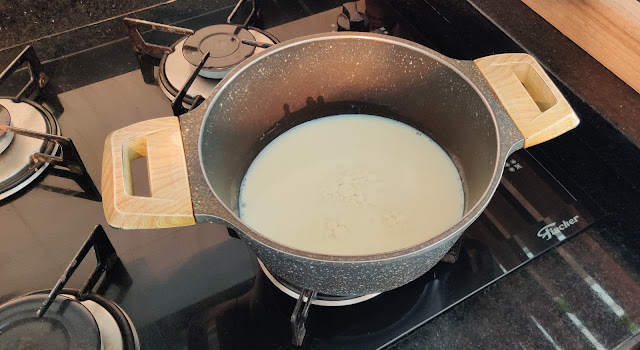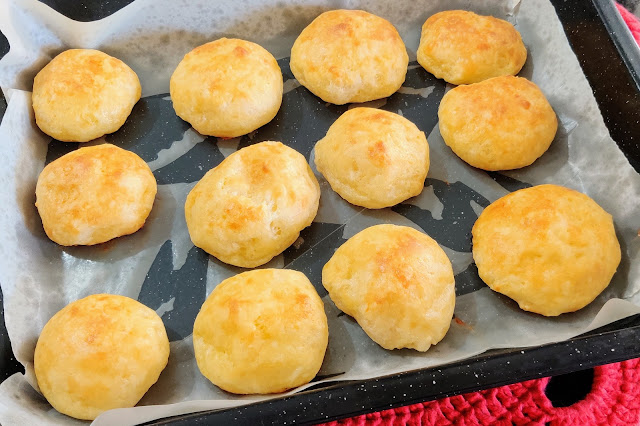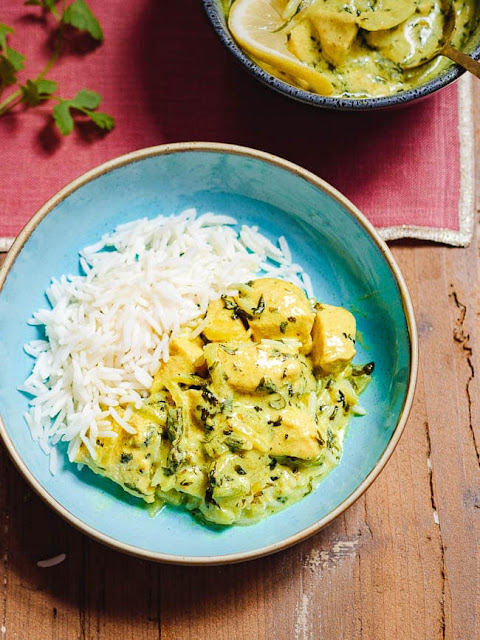Creamy and delicious peanut soup is very commonly eaten across West Africa with starchy food. It is easy to prepare with store cupboard staples and is very versatile.
Peanut soup is traditionally prepared with ground peanut, but this recipe uses peanut butter for convenience.- 2 lbs (1kg) chuck beef (see notes)
- 1/2 cup peanut butter (see notes)
- 1 red bell pepper
- 2 carrots, cut on the size of the beef
- 2 tbsp tomato paste or 3 fresh chopped tomatoes
- 1 onion
- 1 tbsp bouillon powder
- 1 tsp cayenne pepper
- 1/4 cup any vegetable oil (see notes)
- 1 tsp salt to taste
- 1 tsp black pepper
- 1 cup water
- 2 cups stock/broth
Instructions
- Cut the beef into small pieces.
- Pour oil into a pan on medium heat.
- Add beef, 1/2 tsp of black pepper, and a pinch of salt, and saute for 8-10 minutes.
- Chop the onions and bell pepper.
- Add onions and red bell pepper and saute for 3 minutes.
- Add tomato paste and stir.
- Cook for about 5 minutes.
- Add water, stock, and bouillon, cayenne pepper and salt to taste.
- Combine carrots and bring to a boil and cook for 15 more minutes.
- Add peanut butter and stir till it is dissolved.
- Let it cook till it thickens, roughly 2-5 minutes.
- Serve with rice and enjoy!
Notes
This recipe serves 6 and contains 6 net carbs per serving.
- You can substitute the beef for lamb, chicken or goat.
- You can substitute the vegetable oil for coconut or palm tree oil.
- Usually in africa it is made with crunched peanuts. Using a food processor mix 1/2 cup of peanuts if you would like a more authenthic peanut stew.- - You can adjust the cayenne pepper to your desired preference. To increase the heat, add a whole habanero pepper after adding the stock.
- - After adding the peanut butter, you can add a little water if the stew is too thickIf you use beef for your peanut stew, cut it into smaller pieces before sautéing, to cut down on your cooking time.

















